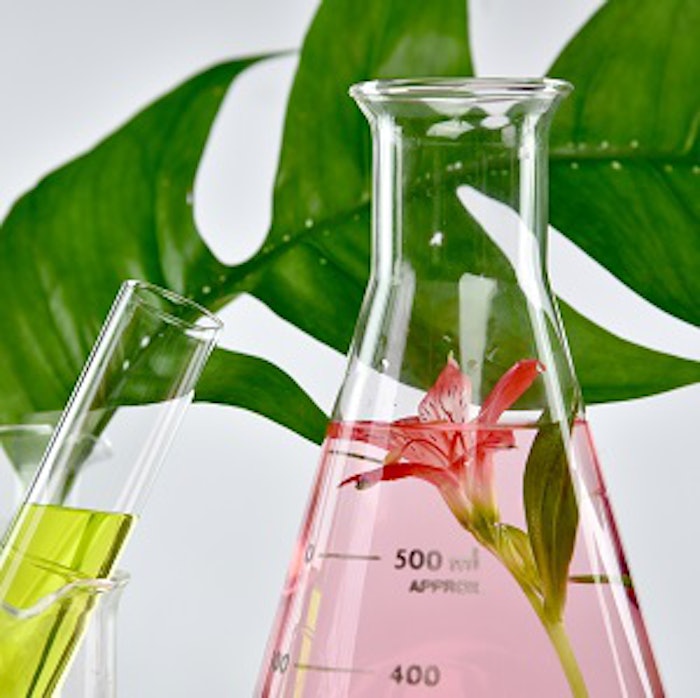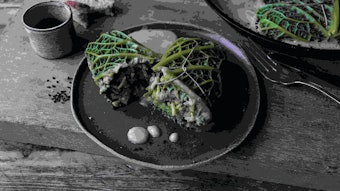
Developments in the flavor and fragrance industry have gone hand-in-hand with advances in the chemical sciences. From the 19th Century, in which saw the identification and synthesis of key materials such as cinnamaldehyde and vanillin, to more recent decades, advances such as ‘hyphenated techniques’, in particular GC-MS and GC-Olfactometry, have enabled flavor chemists to identify the compounds present in natural materials. Some of these compounds, though present at only trace levels, are key contributors to the odor and flavor of natural materials. This has been augmented recently by the use of solid phase microextraction (SPME) to capture the aroma chemicals at source, such as the IFF’s ‘Living Flower’ and ‘Living Flavor’ technologies and Givaudan’s ‘Taste-Trek’ studies on aroma chemicals emitted by plants in the rain forest canopy. Many of the materials identified are highimpact aroma chemicals, which will be discussed in this article.
The term ‘high-impact aroma chemical’ is one that many of us can understand but for which there is no official definition. I will set four key criteria that, for the purpose of discussion, will define these chemicals:
• Low odor threshold. This is an obvious feature, but there is no absolute definition of low to which we can turn. For the purpose here, I have set low odor threshold at less than 10 parts per billion (10 ppb, or 10 in 109). Some apparently odorous compounds fall out by this definition. For example, 2,3,5-trimethylpyrazine (1) has an odor threshold of around 1000 ppb and cannot be considered high-impact. However, the 2- alkoxy-3-alkypyrazines, such as 2-methoxy-3-methylpyrazine (2), which has an odor threshold of only five ppb, would constitute a high-impact material by our definition.










